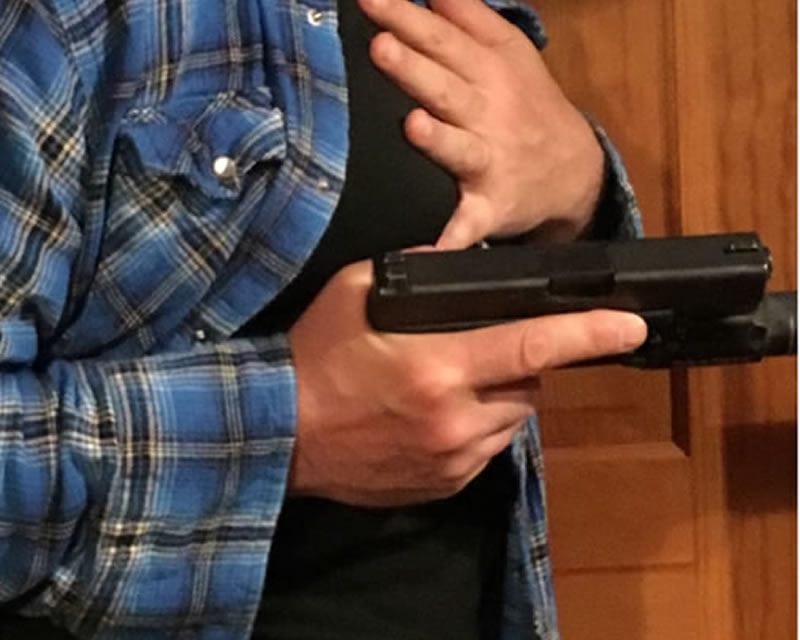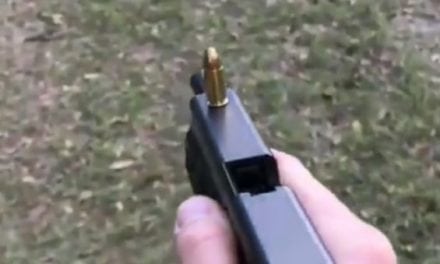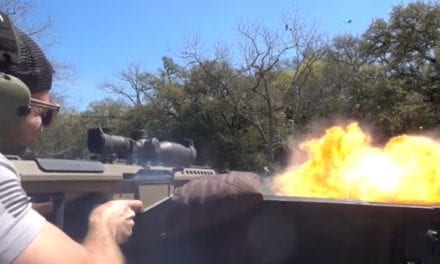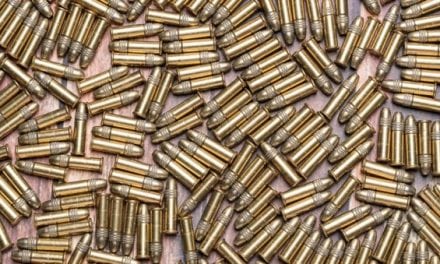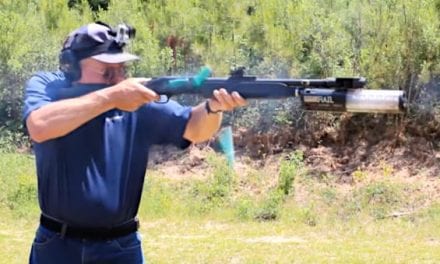by Robert Cardente
Special to Outdoor Enthusiast Lifestyle Magazine
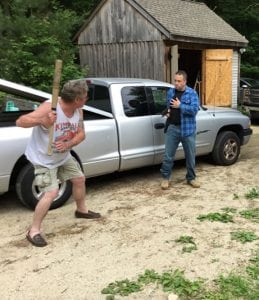
Being the victim of a violent attack is rare for law-abiding citizens, but they do occur! I often use the analogy, “The chances of being struck by lightning are rare, but you don’t see too many people standing outside when it’s thundering and lightning.” Now imagine this, “What if you were struck by lightning not once, but two or three times?” That’s a bad day!
Here’s my second question, “What if you were facing not just one bad guy who wants to hurt you, but two or three?” I would estimate the chances of that happening are more likely than being struck by lightning two or three times in a row!
The first step in decreasing your chances of being a victim is to be aware of your surroundings. I am sure you know all the usual precautions: walk in brightly lit areas at night, stay with another person if possible, keep your headphones off when you’re alone, scan your surroundings, and more… but do you follow them?
A highly recommended book is “The Gift of Fear” by Gavin de Becker, which examines the survival signs that protect us from being victims of violence. Unfortunately, no matter how aware or prepared you are, you can be in the wrong place at the wrong time, and that is where your previous training experiences will help you – or lack thereof will hinder you.
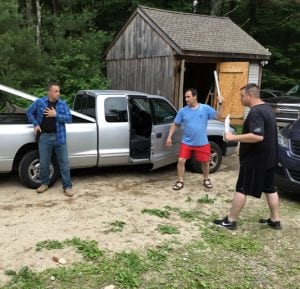
You will see a recurring theme in my articles and it isn’t because I wish to preach to you. It is to remind you that proper training will increase your chances of success when it’s the real deal! If you are not working multiple threat drills into your training, you are ignoring a skill set that could save your life.
Multiple threat drills will add a different dimension to your training. In my previous articles, I wrote about the importance of drawing from a holster and reacquiring your sights after shooting at a threat… that wasn’t a coincidence. If you are trying to master defensive handgun shooting, perfect practice makes perfect. Challenge yourself to learn new skills and train new shooting drills.
Using the concept of visualization, imagine how much faster your draw will be if you are facing three armed threats and you are all alone. Think of the importance of reacquiring your sights after you fire at one deadly threat because other threats are closing in on you? Hopefully, I have motivated youto consider adding a second target (threat) to your training program.
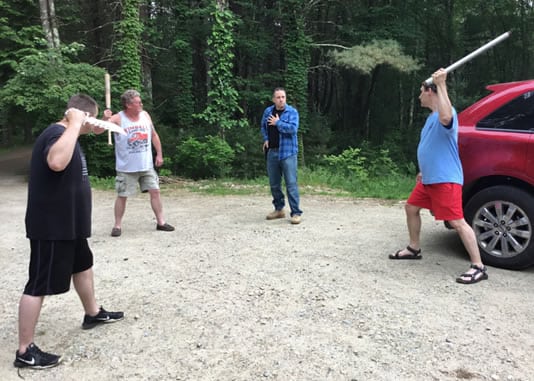
Adding a multiple threat drill into your training program forces you to think, and that is crucial when using a firearm, especially in a deadly force encounter. It will increase your sense of urgency to draw your gun, get your rounds off as quickly and accurately as possible, and think about reacquiring those sights for the second and third threats that are a lot closer than they were a few seconds prior.
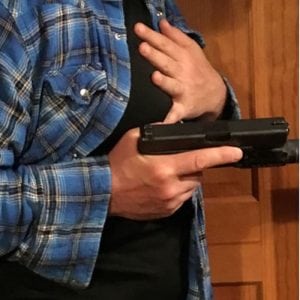
Once you have mastered that skill, challenge yourself to learn close quarter pistol shooting. If that is a new concept to you, learn it from professionals as it is an advanced shooting technique. I only recommend using it when the threat is right on top of you and you do not have a chance to extend your gun. The other advantage of this technique is that it will reduce the opportunity an attacker can grab your firearm and induce a malfunction or, worse, take your gun from you!
Some firearm companies and law enforcement agencies do not teach this skill because of the mindset, “We don’t want people just shooting from the hip!” I don’t either! That is why you learn from a professional, practice slowly at first, and increase your speed gradually over time. Understanding the concept and potential consequences of close quarter shooting is essential as well; it’s an advanced skill. That coupled with shooting and moving drills will give you the best chance to avoid being struck by lightning if that day ever comes!
Robert Cardente is a law enforcement firearms instructor, CEO of Armed and Ready Consulting, and Chief Firearms Instructor at The Preserve at Boulder Hills.

